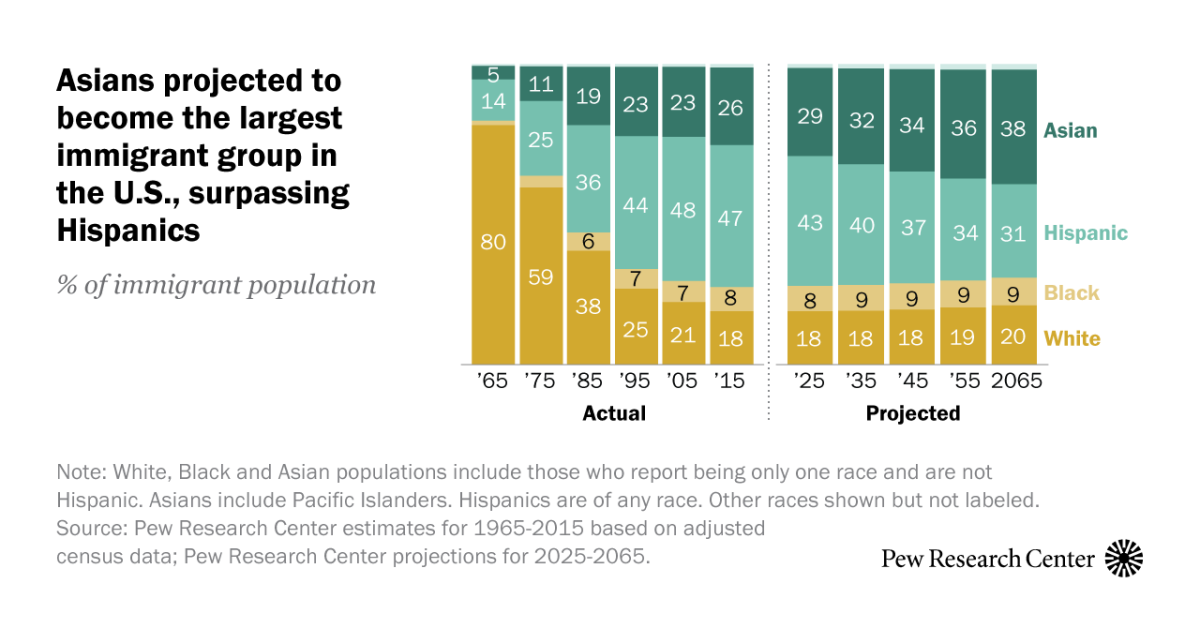Diversity, Equity, and Inclusion
DEI Resources from Across the Industry

The new Everywhere is Queer app enables users to find queer-owned businesses, events, healthcare providers, and more around the world.

Collage Group is the leading consumer research partner to more than 300 top brands who rely on us to understand and win America’s diverse consumers.

The ALIVE Podcast Network and Barometer are proud to announce the launch of the MOSAIC Collective, a groundbreaking initiative that is transforming the audio industry by driving equity through transparency. MOSAIC aims to use data to change the narrative surrounding diverse voices, empowering brands.
Read more about how we’ve partnered with Googlers, experts, community leaders and other organizations to help make positive changes in the media landscape.

Despite articles on the advantages that people with disabilities can offer employers, too many companies hold themselves back when it comes to hiring people with disabilities. They see hiring (some) persons with disabilities as being “the right thing to do” but do not see it as part of a talent strategy that will benefit the company and outweigh what they see as the potential expenses and risk. In fact, a recent study by the National Organization on Disability indicates that only 13% of companies in the U.S. have reached the Department of Labor’s target of having 7% disability representation in their workforce. That mindset puts companies at a disadvantage when it comes to acquiring and leveraging the talent they need in today’s tight job market. How can a company update its thinking and strategies related to this neglected category of talent? There are four ways to make it happen.

A record 22 million Asian Americans trace their roots to more than 20 countries in East and Southeast Asia and the Indian subcontinent.

The 4A's curated a list of 350+ minority-owned media outlets (TV & radio stations) and will expand it as additional resources become available.

The ANA and the 4A’s partnered on a new set of guidelines designed to help companies increase their investments in diverse media companies. The guidelines are intended to help those marketers who are interested in supporting diverse suppliers but are still sitting on the sidelines and not sure where to begin.

After the recent U.S. Supreme Court ruling striking against affirmative action in higher education, leaders might be concerned that their DEI initiatives and programs will face additional scrutiny and legal challenge. While reducing liability is a responsible move, the author cautions against letting these efforts lead to a fear-driven abandonment of effective DEI practices. To sustain DEI progress in this time, companies should focus on curtailing the usage of racial data that is the most legally risky, while taking decisive action to continue using racial data to eliminate discrimination, remove bias, and create fairer workplaces. The author illustrates how to curtail this risk, identifies five goals for this data use (to identify disparities, to remove universal barriers, to correct discrimination, to design fair processes, and to demonstrate DEI progress), and offers dos and don’ts for companies hoping to sustain DEI progress.

Direct Digital Holdings has released a comprehensive whitepaper - Dollars & DEI: Multicultural Consumers' Insights on Brands' Media Buying and Marketing Practices. The findings reveal that brands, at a time of economic uncertainty, are currently missing out on significant revenue and market share growth opportunities – and jeopardizing future growth – due to a lack of appropriate and purposeful focus on the Black, Hispanic/Latin, AAPI, and LGBTQIA+ communities.

Companies generally avoid acknowledging religious differences at work because they fear doing so creates legal risk. This is short-sighted. People’s religious identity is a form of diversity, so religion must be part of any company’s DEI strategy. These seven best practices will help companies embrace religious diversity.

Nielsen examines LGBTQ representation in media and advertising to identify how brands are targeting audiences based on sexual orientation and/or gender identity.

Zara Amer rounds up a recent webinar that looks at how AI can positively affect organizations’ DEIB efforts. Could it level the playing field?

Take action and create meaningful change - explore the BRiM framework tools to improve Black representation in marketing today.

A curated public databse of Black-owned media companies across the country.
